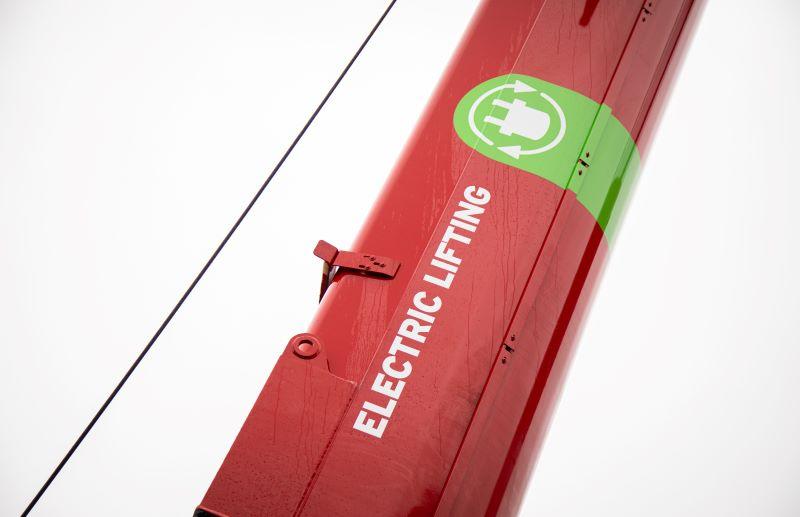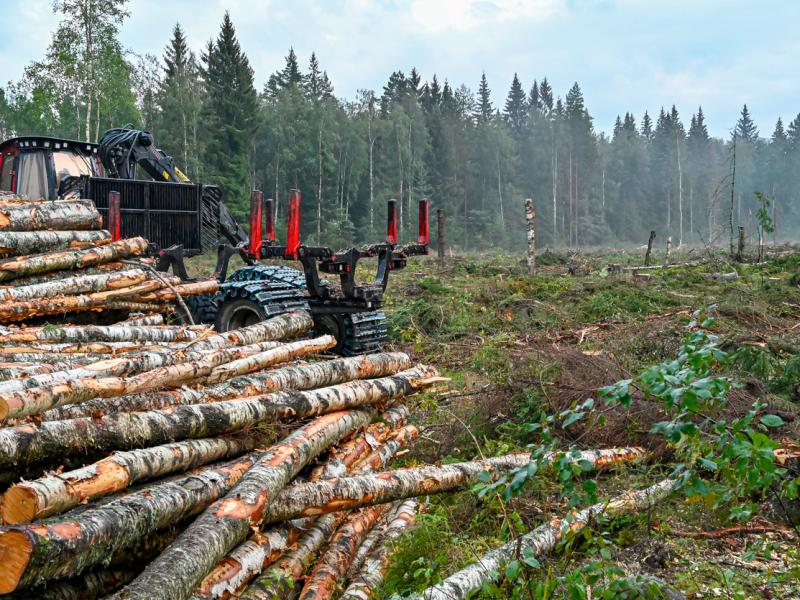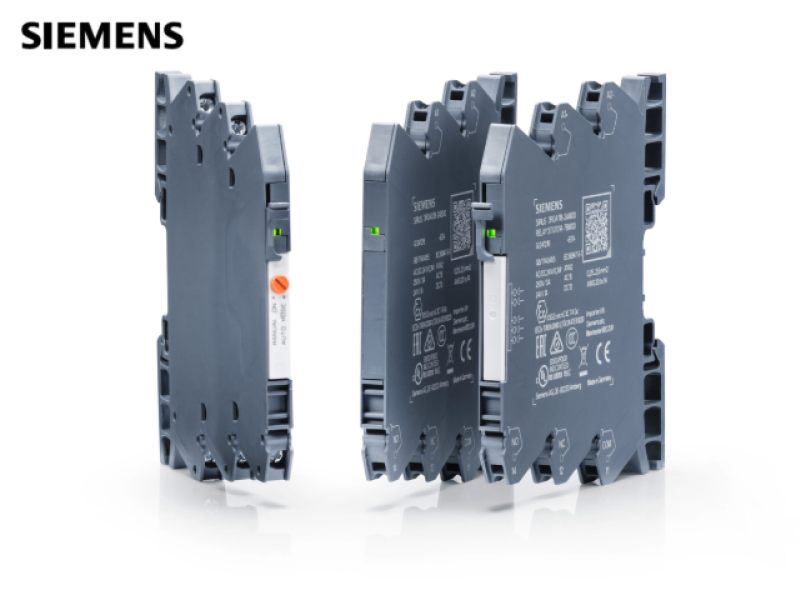“If you ask me what my main vision is, I want us to redefine the construction site - at least at small scale initially - where we have electric or hydrogen cars, electric cranes, electric trucks, and have all this equipment cross-link and charge each other”.
The words of Mammoet Head of Sustainability Mathias Hoogstra.
“An energy hub or energy balancing system would know where to direct power efficiently during a project. Equipment with the lowest energy would be fed by the equipment with the highest, or when required powered by additional external sources like hydrogen or bio-fuel generators.
So, by design, we focus on exchanging energy as efficiently as possible and becoming zero-emission on site”.
Towards zero emissions on site
Mammoet has been investing in ways to make its equipment less diesel-reliant, to give its customers greater choice when it comes to alternative power sources and help those customers to realise benefits such as smoother permitting procedures and a lower cost of borrowing.
This has led to the scenario where, using existing equipment such as the electric SPMT transporter and the SK series of cranes, Mammoet can now offer a tailpipe emissions-free solution that could serve the entire site lifting and transport scope of a project.
It’s a vision that, just a few years ago, would have seemed impossible, considering the long working hours required of Mammoet equipment.
Electric heavy transport
Mammoet’s Self-Propelled Modular Transporters (SPMTs) play a key part in many of its heavy lifting projects. Therefore, it made sense to look at how to electrify this key piece of equipment and offer a net zero heavy transport solution.
When comparing capabilities, there is no significant difference between electric and diesel powered SPMTs. Both offer an industry-standard 40 tonnes per axle line.
The power packs are the same size and fit in the same position on the transporters. They also operate in the same way, driving the hydraulics and powertrain.
In terms of charging, the pack can go from 0 to 100% in approximately five and a half hours, meaning it can charge overnight and be ready for action the next day – no significant change from the current scenario, where transporters generally lie idle at night.
Circular economy
“We nominated an old power pack to upgrade, which didn’t work as efficiently anymore. From a sustainability perspective, we thought: why don’t we retrofit it and make it electric because this results in a tailpipe zero-emission solution, and less waste?
By reusing this equipment, we avoid the carbon impact of discarding it, the production cycle needed to create an all-new electric replacement, and – of course – the diesel emissions that the former equipment would have emitted when used”.
“A hydrogen power feasibility test was carried out by skidding a single electrical transformer. The hydraulic system uses a hydrogen generator to perform the skidding operation. This solution emits only water vapor.
For practical reasons it is more favorable to do the operation electrically, via the grid, or with a battery,” said Bezuijen. “In remote areas, it is often still possible to bring a battery pack, because jacking and skidding at the lower tonnages doesn’t require much energy – this is what we discovered with the test using hydrogen, in fact.
We performed the same test with the battery, and to put an electrical transformer in place we only used seven kilowatt-hours (kWh). To put that into perspective, a Tesla has around 60 or 70kWh of battery, so we only used 10% of that”.
Net zero heavy lifting
Electric-powered cranes have been a focus for Mammoet for some time. It has engineered zero-emission offshore wind and onshore wind cranes, and the SK series of cranes has been a staple of its fleet for over a decade. The SK range is notable among ring cranes in that its hydraulics run from an electric motor, powered by a generator.
The SKs are great for construction projects that require a ring crane to be on site for a long period of time. But what about projects needing faster and shorter crane mobilisation?
To address this challenge, Mammoet recently developed a 100t mobile crane that boasts a fully electric cab.
“This LTM 1095 crane was four years old,” says Bezuijen. “We decided to do a retrofit and use it as an opportunity to learn more about the electrification of our equipment.
We also wanted to push the market for these types of cranes towards zero emission.
The upper carrier (the cab) is fully electric. It has a 105kWh battery inside, so we can run basically a normal working day with it. We conducted some tests a couple of months ago and the crane is now ready to operate.
The crane’s pre-existing engine was actually still in good condition, so we were able to use it to breathe new life into another crane in the fleet whose drivetrain was approaching end-of-life, and again reduce waste”.
Offsetting cost through energy efficiency
“In previous years, we were looking to reduce usage of diesel on site. Now, we are taking a step further to monitor energy usage in an electric power environment and actively steer on efficient execution.
We are conducting tests with our range of electric equipment to determine typical power usage per shift. This will help our customers to put appropriate and cost-effective electricity infrastructure in place, best suited to the project at hand”.
The only step remaining is to put these plans into action, says Hoogstra.
For more information, visit www.mammoet.com.






